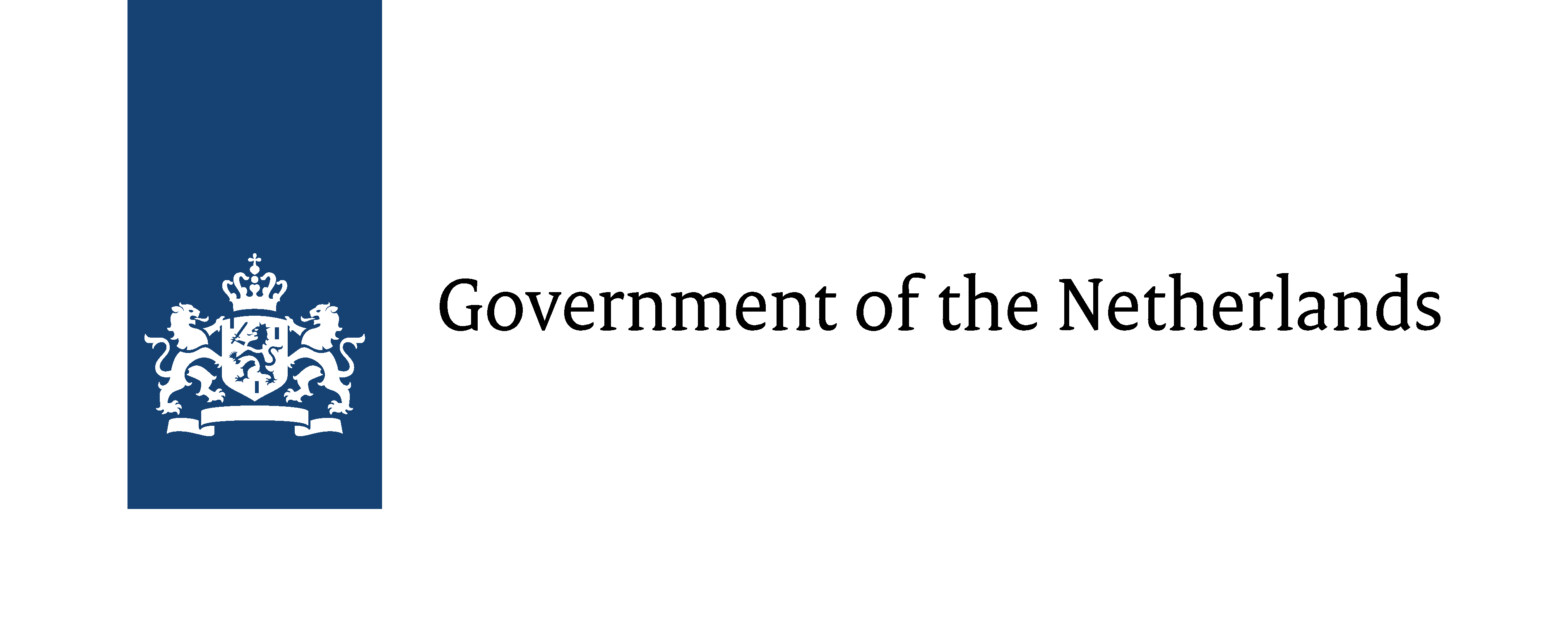Audiences
Istanbul is an ambiguous city in terms of representing Turkey. From a certain viewpoint, it reflects Turkey’s most global and western face, and with its elitist cultural scene and advanced infrastructure including an internationally acclaimed biennial, festivals, art expos, contemporary art and cultural industry, Istanbul is much ahead of other, less developed parts of Turkey. From another point of view Istanbul is a mix of many cultures because people from all corners of Turkey have migrated to this city over the years. Istanbul’s culture is a hybrid culture: a synergy of rural, popular and consuming culture. Audiences in Istanbul did not form a deep consciousness about the meaning of exhibitions. Mass media, audiences, local authorities and society generally stay aloof of Biennial activity. According to Beral Madra, although the Biennial has become an important communal activity in the last 10 years, art still does not meet a real appreciation and insight from Turkish audiences. The inadequacy of art and history of art education in the Turkish education system is the main reason for this shortfall of interests in artistic activities by the general public. Nonetheless, Turkish contemporary art developed dynamic audiences over the years. There are rising profits from ticket-sales and due to an increase in wealth a bigger number of people fall in the socio-economic profile that constitutes the majority of art audiences. Due to the exposure to many artistic events a part of this audience developed themselves so there is qualitative increase in cultural appreciation. In addition to this, positive reactions towards contemporary art works have been observed in the segment of society where the community has no direct relation with art activities. This new situation was realized as a result of efforts of artist groups striving to take art out of museums and into the public sphere. Exhibition audiences are now more conscious of the meaning of art in contrast to earlier periods. There is an audience of people interested in examples of contemporary art, interrogating and even criticizing it in a serious manner. Turkish art audiences watch representations of religious, national, social, economic, politic and hierarchical messages through the language of contemporary art and develop their artistic taste in this direction.

